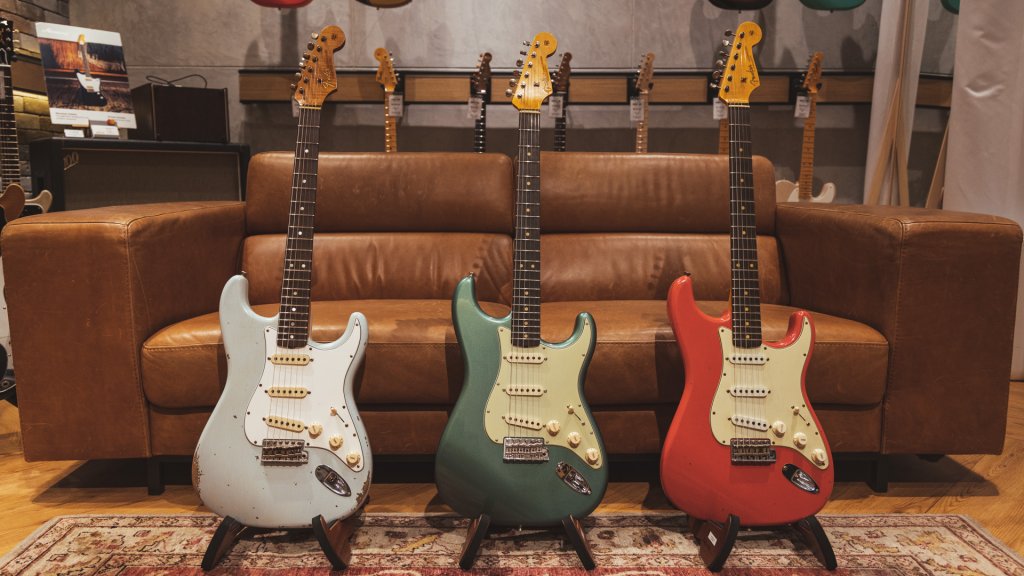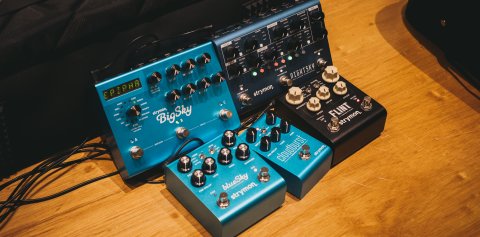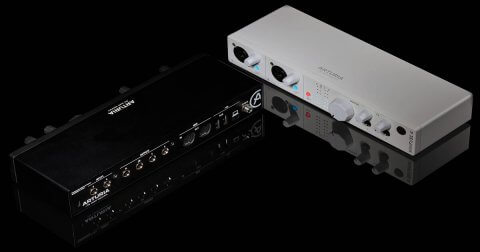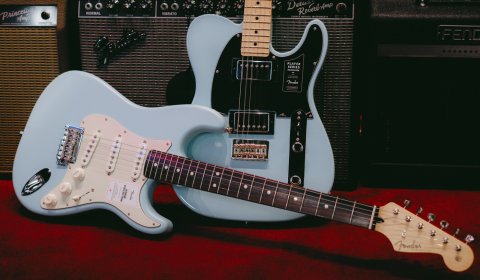Fender Custom Shop. Those three words evoke a thrill in guitarists everywhere. We can’t help it. Some of history’s most iconic instruments were crafted in this very division for equally awe-inspiring hands. Remember Hendrix and his beguiling Voodoo Child Strat? Psychedelic man Jimmy Page, Signature Telecaster in tow? The rumbly tones of Pino Palladino’s faithfully reproduced ’62 Precision Bass? Hope those bells are ringing.
Buy our Custom Guitars
Yeah, the Fender Custom Shop is the place to be. Perennial designs, a dedicated crew of luthiers, and a seemingly never-ending stream of collaborating hotshots. They could be working on an almost-perfect replica of an established, trademark instrument, or creating a from-scratch guitar that caters to the artist’s individual needs. Runs are very often limited-edition, but every single one is a triumph of the trade. You’ll have to cough up some serious dough for ‘em, though you probably already knew that.
Still dreaming of owning your own Fender Custom Shop someday? Forearmed is forewarned, so read on to know more about what you’re in for!
Read more: Fender 2022 New Arrivals
Getting the band together
So, how’d it all come to be? And why? To answer the former, you’ll have to delve into the latter. One could argue that the seed was planted in 1984, when a group of investors took custody of the Fender corporation. Under then-CEO Bill Schultz’s watchful eye, the company began a period of heavy restructuring. They installed a new factory in Corona, California. Long-forgotten models were resurrected. Fender was back with a vengeance.
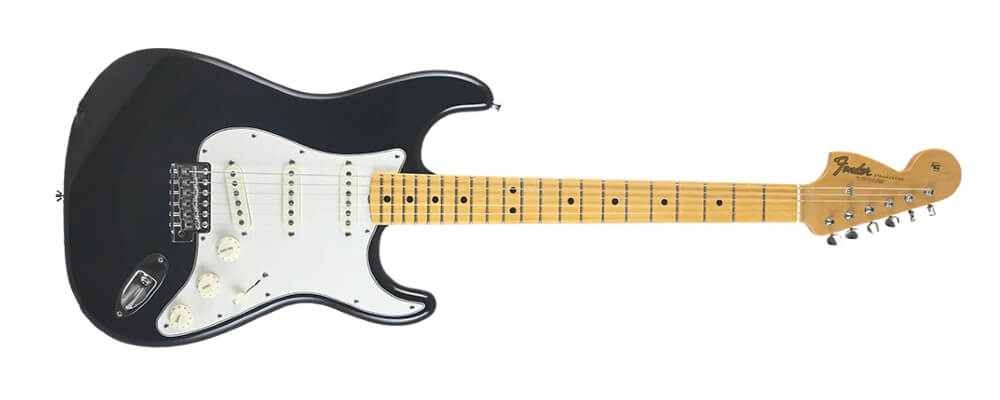
Being the visionary that he was, Schultz imagined taking the company to a whole new level. At that time, there was a marked disconnect between guitars from notable brands and boutique-made instruments. What if Fender could bridge that gap? An idea emerged. Set up a department for their best and brightest craftsmen. Recreate traditional models with AAA-grade materials, and perhaps even reinvent the wheel with never-before-seen designs. Cultivate a clientele list of big-name endorsers and fastidious musicians.
Filled with fervour, Schultz called in Michael Stevens and John Page. Both were respected, experienced guitar builders. Duly important, they were also super pumped -about the venture. And so, in 1987, armed with a single modified Haas VF4 CNC mill, the workshop opened. Right off the bat, it tackled commissions for two Erics – Johnson and Clapton. Then Yngwie Malmsteen, Pete Townshend, and David Gilmour. More artists clamoured to get their orders in. Just like that, Fender’s Custom Shop had arrived.
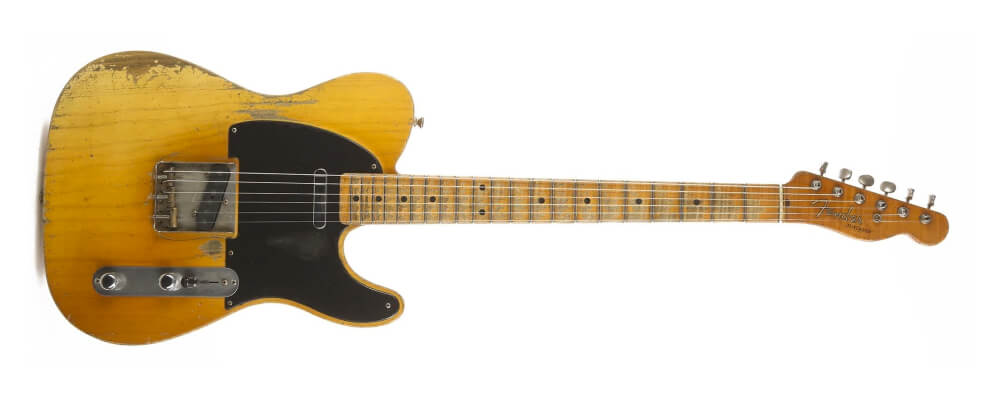
Today, the enterprise is bigger and better than ever. They’ve taken on more workmen, streamlined output into distinct builds, and eased up on the restrictive customer list. Obviously, demand is always sky-high. Much to the delight of long-time fans, the Custom Shop has also become synonymous with an equally important effort – reintroducing guitars from Fender’s heyday. That’s the 50s and 60s era, in case you were wondering. What can we say? Love is timeless.
Breaking down Builds
With so many projects bouncing around the Custom Shop workspace, this handy guide should help you keep them in line.
Custom Built
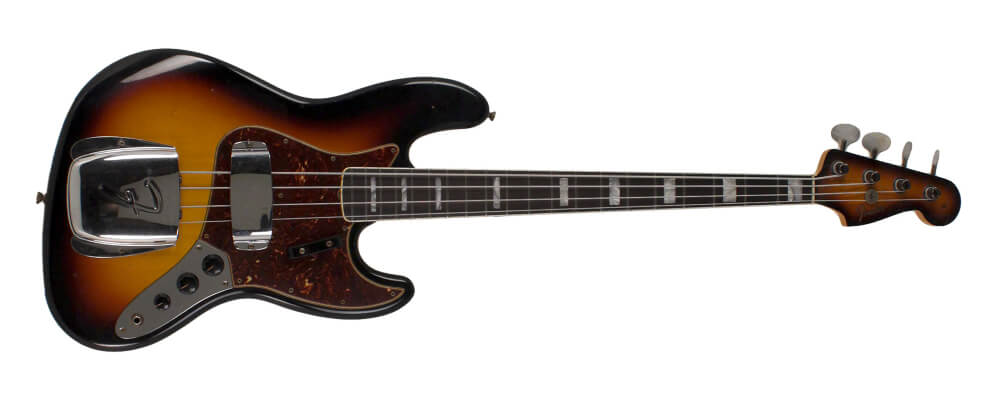
Pretty straightforward. It refers to any guitar that’s built by the team as a whole. Since each person has their own speciality, the end result is guaranteed to be well-rounded. The bulk of Custom Shop guitars falls under this category.
Master Built
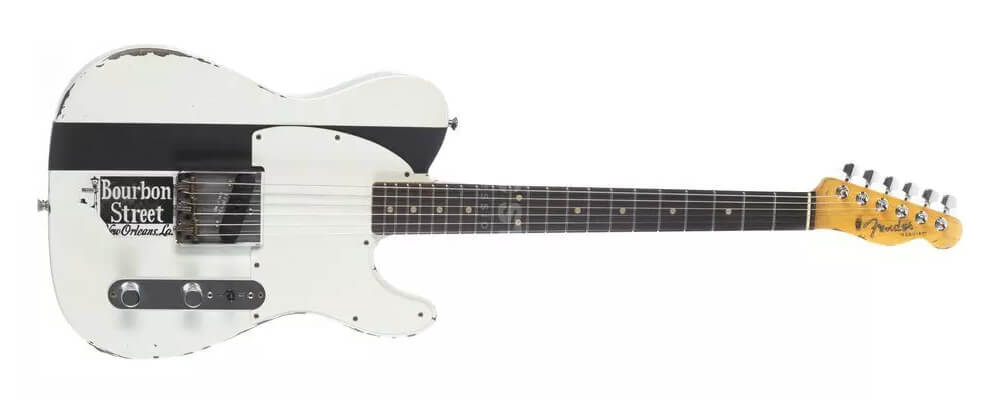
One-off, hyper-customised guitars put together from start to finish by a single craftsman. These master luthiers are highly sought after in their own right. The likes of Todd Krause, Jason Smith, and Dale Wilson come to mind. Anticipate a longer wait as they assemble an instrument that lives up to their lofty standards.
Founder’s Design
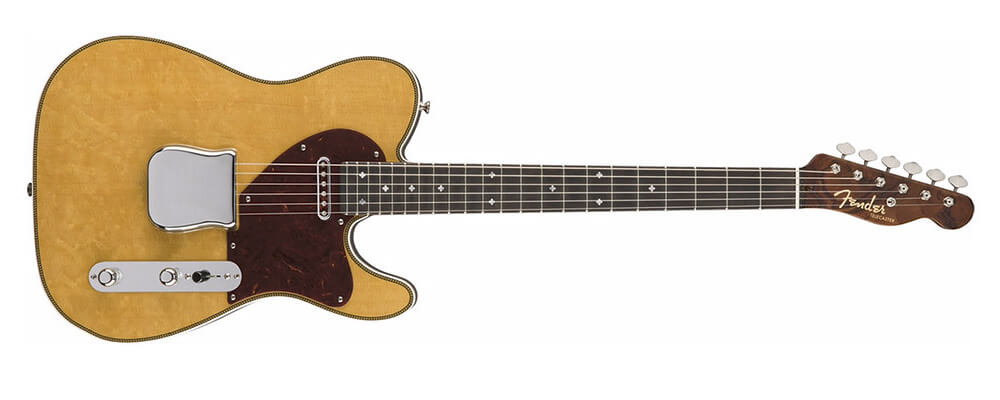
Also known as “when Master Builders get in on the guitar-creating action”. Some of the most influential artisans in Fender’s lineage show what they’re capable of when given free reign in the workshop. Was there ever a better way to honour their talent?
Vintage Custom Range
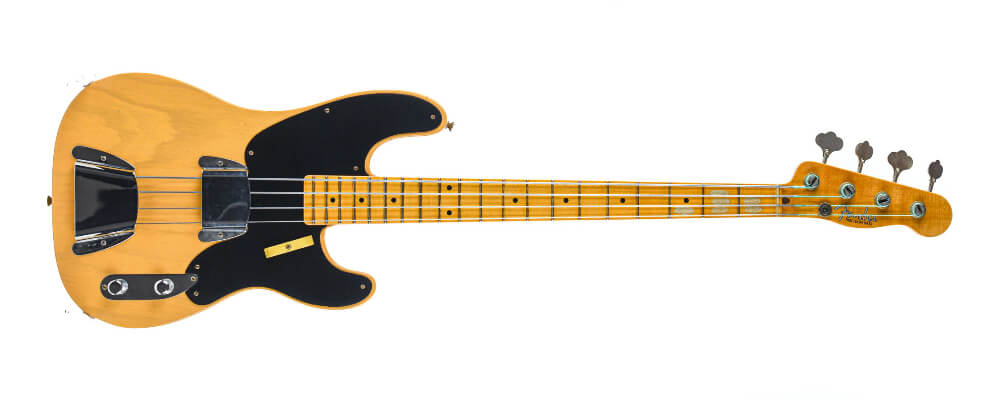
We’ll quote Fender on this one. “Early, almost prototypical, transitional and ‘first rev’ versions of classic Fender models before they were refined into their present-day form”. Broken down, it simply means that older builds are tweaked to enhance sound quality and playability. It’s vintage without all the hassle of restoration or upkeep.
Artisan
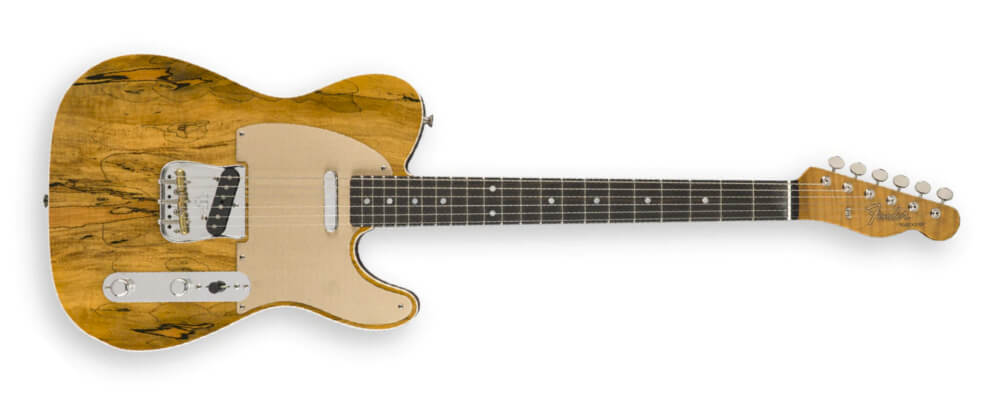
Retro meets luxury meets high-tech hardware. At this intersection, you’ll discover models that build on established profiles while adding in modern upgrades. Think of it as an upscale vintage range that utilises exotic tonewoods and contemporary appointments.
Artist Range
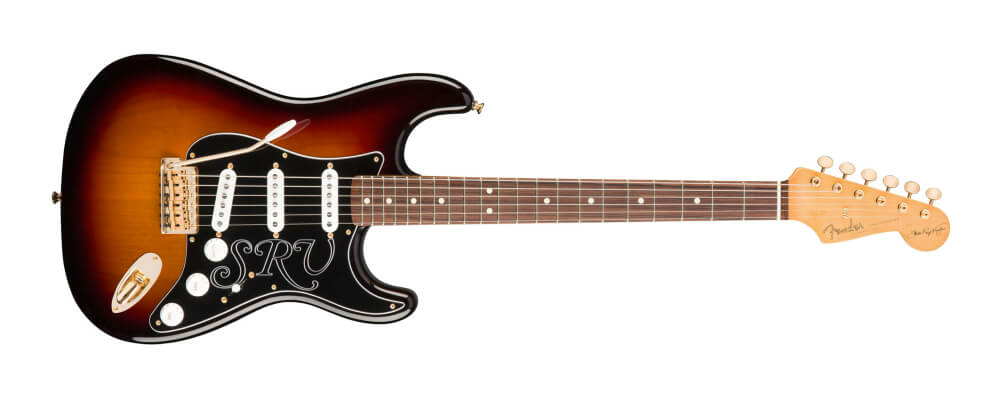
Not to be confused with the above-mentioned collection, this is strictly for collaborative purposes. Respected artists from all walks kit out their signature guitars with personalised preferences and whims. Hint, hint – if you’ve ever wanted to steal your favourite musician’s sound, this is the catalogue to leaf through.
Ltd Edition
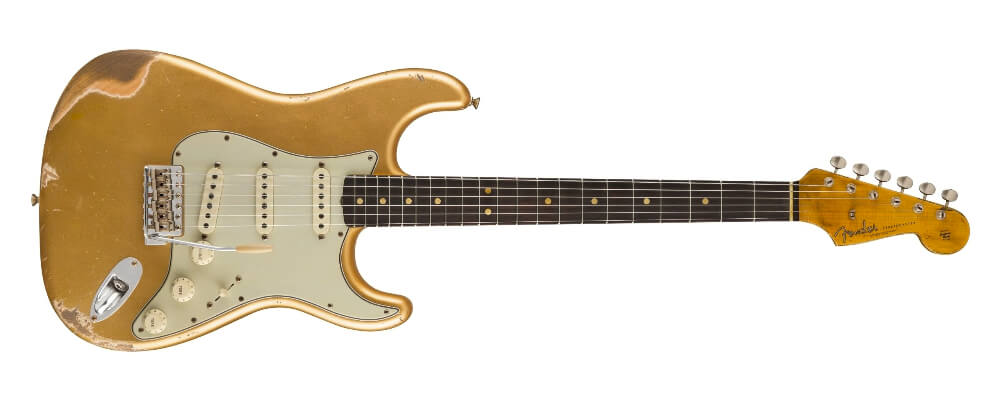
This forever-evolving line sets industrial trends all the time. To keep things fresh and exciting, Fender enjoys rotating their models on a yearly basis. Switching out builds ensures that designs remain part of a small, exclusive run. Also, it gives them the ability to showcase other styles that might have flown under the radar otherwise.
Postmodern
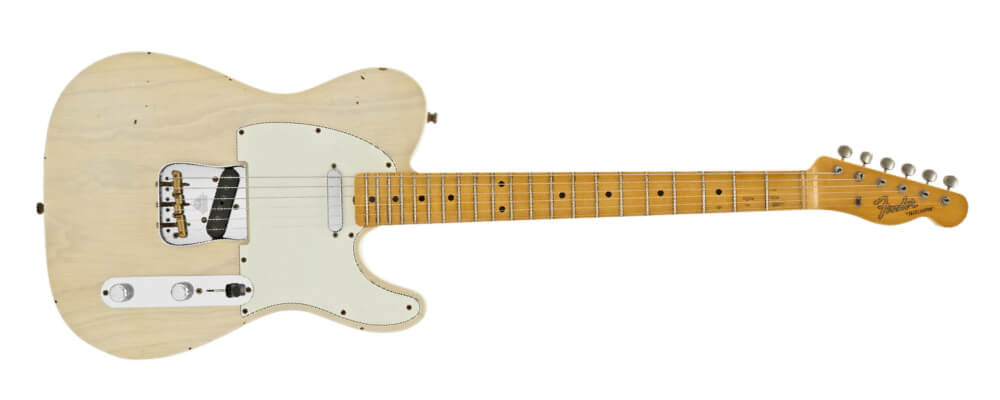
Possibly Fender’s most revolutionary line. Postmoderns refuse to play by just one set of rules. They’ll take sonic and ergonomic features from all over, then jam them into otherwise conventional builds. As long as it sounds good and plays better, who cares how by-the-book the final product is? Not us, that’s for sure.
Time Machine
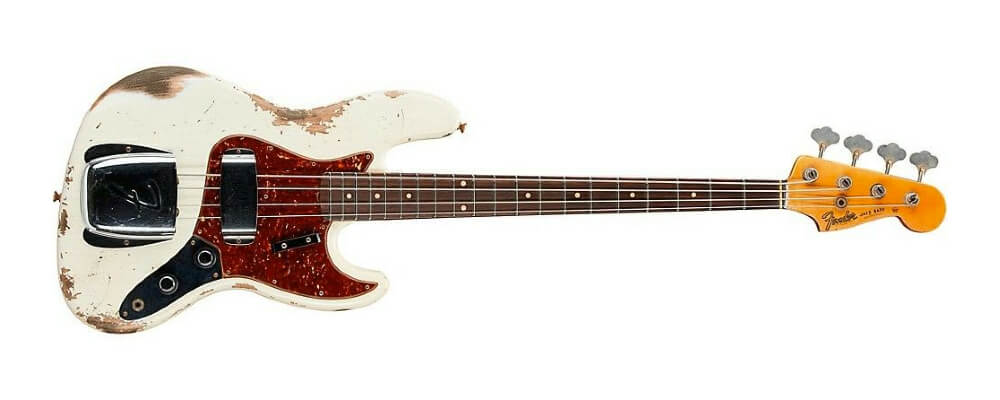
Your grandparents might fancy this collection. Authentic, true-to-life reproductions of vintage guitars. From aesthetics all the way down to old-timey hardware. It’s as if you were really there in the 50s. Or 60s. Or whatever period you’re dying to warp to.
The Custom Shop for customers
Custom-ception! But seriously, who wouldn’t jump at the chance to personalise their own instrument? After all, you know exactly what you need from a guitar. How do you customise it? Don’t worry, it’s easy. We’ll smooth out the particulars, all you have to do is:-
Pick a build level
We’ve briefly outlined it above, but you’ve got two options here. Master Built, or Custom Built. With Master Built, your chosen artisan will guide you through the entire process. Design, shape, woods, trimmings – leave everything to their capable hands. Especially recommended if you’re going to request a more elaborate instrument.
With the Custom Built, the team’s got you covered. Plump for this when you’re not looking for a guitar that’s overly complex in specs. Consider too, that it will be the quicker option. Less delay, more play.
Go back to base-ics
Next step, selecting a base guitar. Think about all the drool-worthy models Fender has come out with. Which one suits your tastes the most? Ponder body style and config, and decide if you lean more vintage or modern. Inimitable Strats, Teles, Offsets, or Basses are all on the table.
Settle on an ageing process
Another quirky niche that Fender gleefully plays to? The art of guitar relicing. Baby guitarists needn’t wait years to build up battle scars. Relic models replicate paint chips, scratches, and even cigarette burn marks for shabby chicness. Now you too can look like you’ve been touring for eons, just like your favourite rock star.
Of course, if you’d like your guitar to look spick and span, that’s fine as well. Between pristine New Old Stocks and barely-touched Closet Classics, one of these should run closer to your aesthetic tendencies.
Colour me impressed
Did you know that a lot of Fender’s finishes originate from another American obsession? Classic automobiles! Since then, the Custom Shop has expanded upon this impressive colour palette. For some of these custom hues, the “Dream Factory” is the only place you’ll find them. Burgundy Mist, Frost Red, and Crimson Burst are just some exclusive finishes that a Fender Custom build will give you access to.
Choose your tonewoods
Time for body, top, and neck composition. It’s common knowledge that each wood type lends the guitar different tonal characters, not to mention playability and appearance. Again, do your research. What’s always sounded best to you? What feels at home in your hands? What makes your eyes pop?
Find the devil in the details
From there, you’re ready to decide on the minutiae. Neck profile, wiring, and hardware. Does it come down to humbuckers or single-coil pickups? You’ve got pages of options, so this is really all about you and your own unique playing style.
Leave it to us
Once you’ve completed the form, send it in our direction and we’ll give you a quote and timing estimate. From there, it’s just a matter of patience. Your future soulmate is on the way!
If you’re unsure about any part of the process, we’re here for you. Ask all the questions you need! Don’t forget to refer to this useful guide, as well. It’ll break down each step so it’s less intimidating.
We could go on (and on) about Fender’s Custom Shop, but this will have to do. Even our brief run-through should have given you an idea of how valuable these instruments are in the music community. With the company going from strength to strength, there’s no doubt that we’ll be seeing a lot more of their releases for decades to come.
On that note, why not be introduced to this year’s line-up at Swee Lee? We’ve got regular Fender models and Custom Shop pieces just yearning for a home. Check our online store for the full complement.
Buy our Custom Guitars
Also, sign up for our newsletter while you’re there. You like music gear, we have music gear – this could be the start of a beautiful friendship.
Read more: Fender Guitar Guide: Lineups Explained
